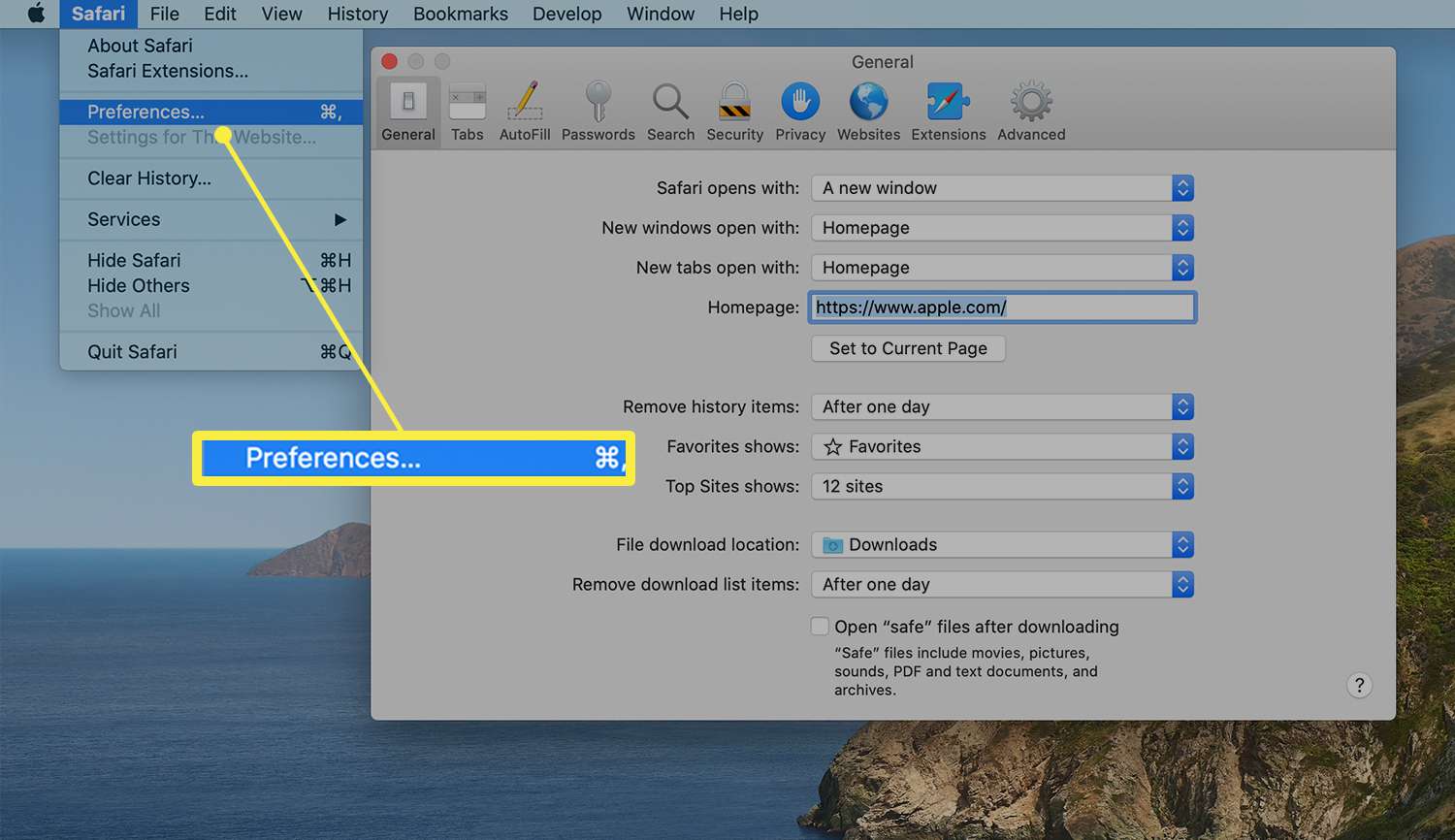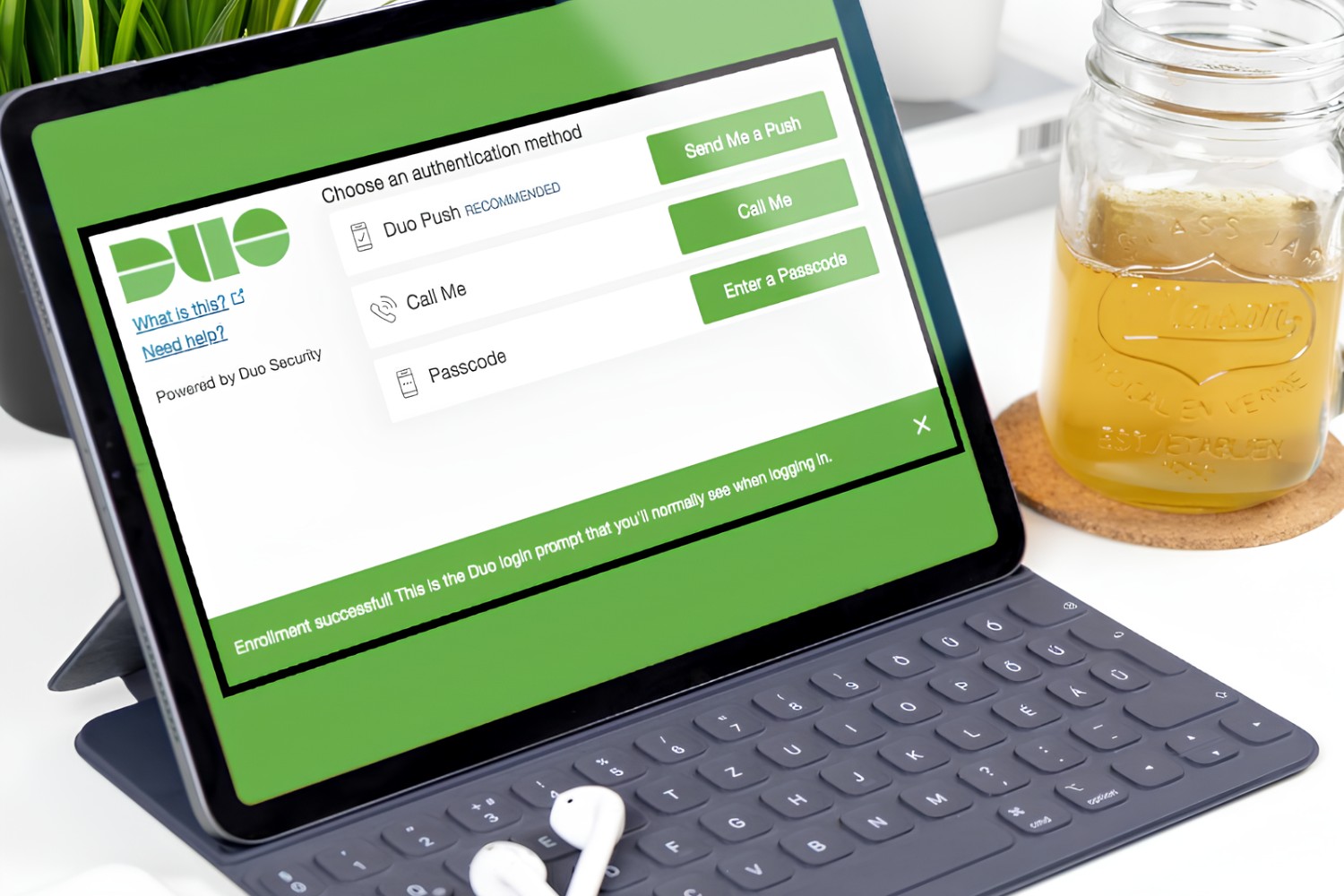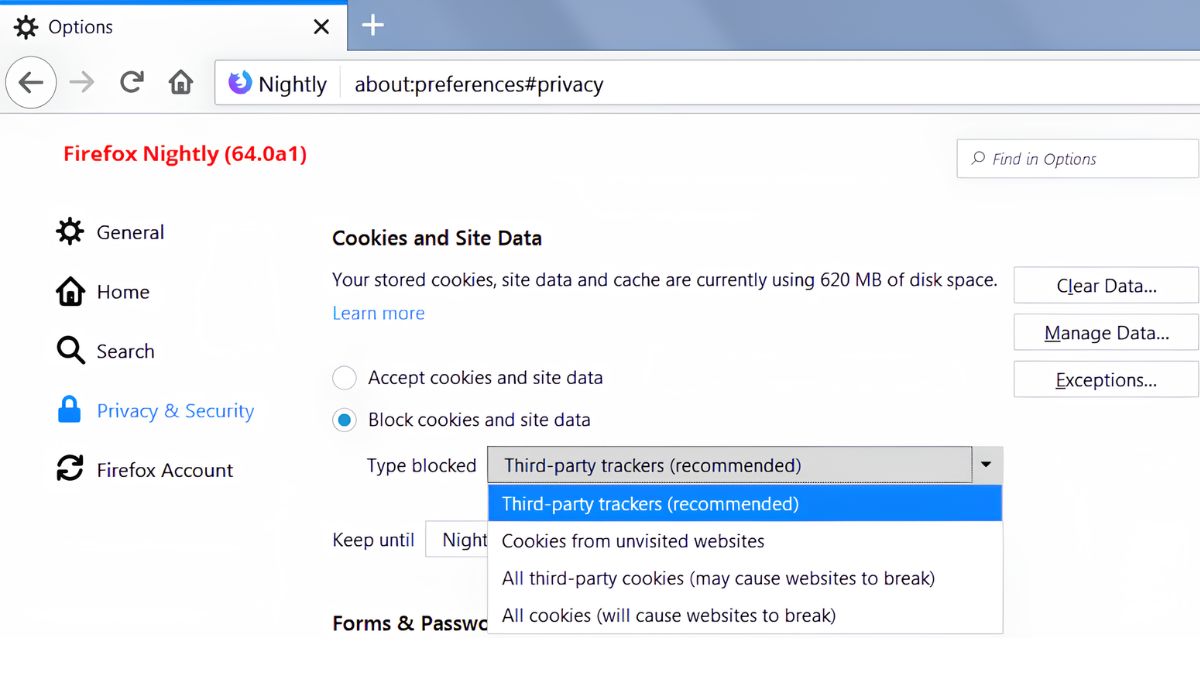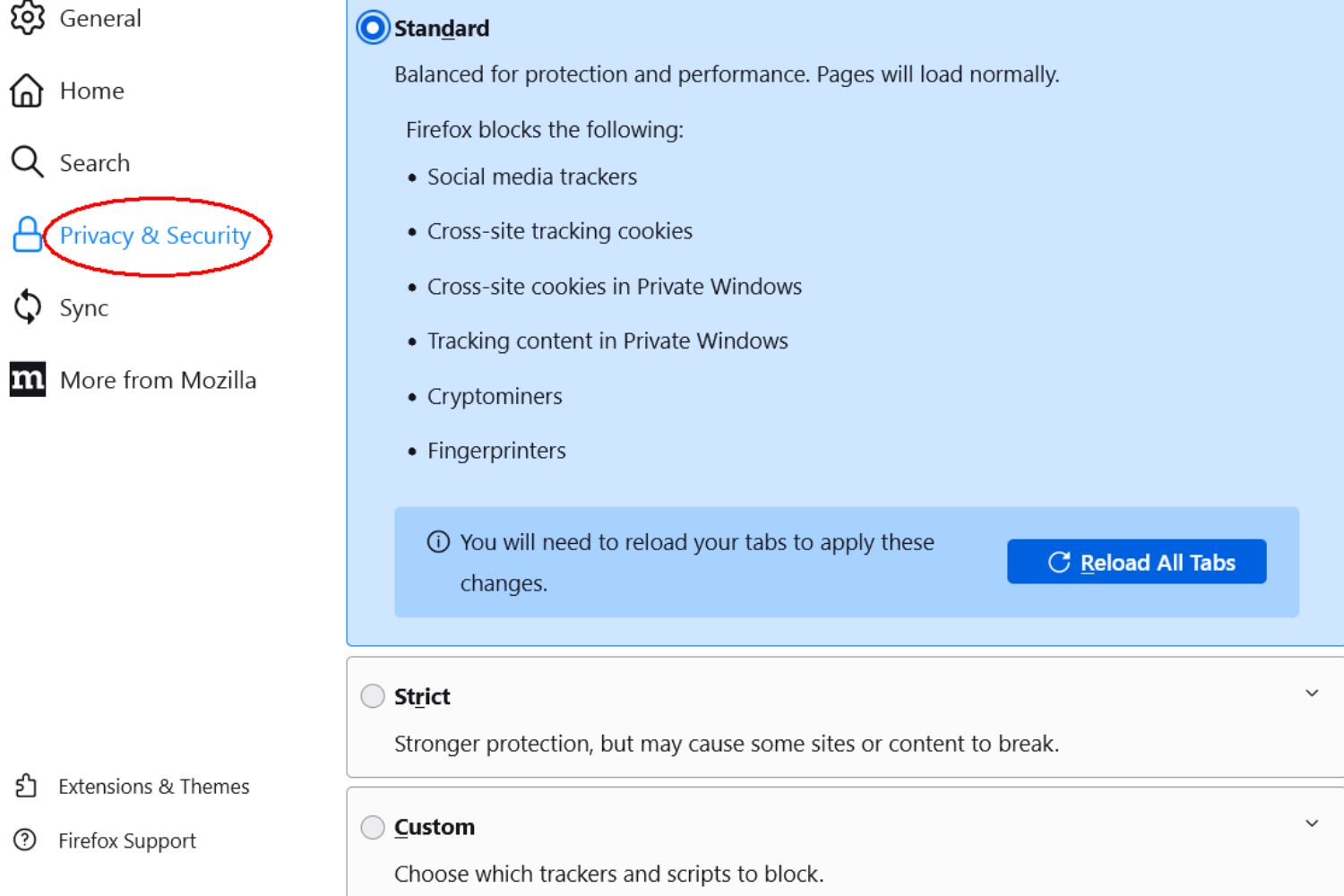Introduction
In today's digital age, web browsing has become an integral part of our daily lives. Whether we're shopping online, connecting with friends on social media, or conducting research, web browsers serve as our gateway to the vast expanse of the internet. However, to ensure a seamless and personalized browsing experience, web browsers utilize small pieces of data known as cookies. These cookies play a crucial role in storing information about our browsing habits, preferences, and login credentials, thereby enhancing our online interactions.
As we delve into the intricacies of web browsing, the question of enabling cookies often arises. Understanding the significance of cookies and how to enable them on different browsers is essential for optimizing our online experiences. This article aims to provide a comprehensive guide on enabling cookies across various web browsers, empowering users to harness the full potential of their browsing sessions.
Cookies, despite their small size, wield significant influence over our browsing encounters. By enabling cookies, users can unlock a myriad of benefits, including personalized website experiences, saved login credentials, and tailored content recommendations. With this in mind, let's embark on a journey to unravel the world of cookies and discover the steps to enable them on popular web browsers.
Let's delve into the realm of cookies and unveil the seamless browsing experiences that await us.
What are Cookies?
Cookies, in the context of web browsing, are small pieces of data stored on a user's device by websites they visit. These data files are designed to hold a modest amount of specific information related to a user's interactions with websites. When a user visits a website, the site may send a cookie to the user's browser, which is then stored on their device. This process allows the website to recognize the user's device and track their activities, thereby enabling a more personalized browsing experience.
Cookies serve a multitude of purposes, ranging from remembering login credentials and site preferences to tracking user behavior for analytics and advertising. They can be categorized into different types based on their functions:
-
Session Cookies: These cookies are temporary and are erased when the user closes their web browser. They are primarily used to maintain a user's session and track their activities during a single browsing session.
-
Persistent Cookies: Unlike session cookies, persistent cookies remain on the user's device even after the browser is closed. They are used to remember user preferences and login information for future visits.
-
Secure Cookies: These cookies are transmitted over secure, encrypted connections, making them less vulnerable to security threats.
-
Third-Party Cookies: These cookies are set by domains other than the one the user is visiting. They are commonly used for cross-site tracking, often for advertising purposes.
The functionality of cookies extends beyond mere convenience. They play a pivotal role in enhancing user experiences by enabling websites to remember user preferences, such as language settings and customized content. Additionally, cookies facilitate targeted advertising by tracking user behavior and tailoring ads based on their interests and browsing history.
However, it's important to note that while cookies offer numerous benefits, they also raise privacy concerns. As cookies track user activities, there is a potential risk of unauthorized access to personal information. To address these concerns, modern web browsers provide users with the option to manage and control cookie settings, allowing them to enable or disable cookies based on their preferences.
In essence, cookies are fundamental components of the modern web browsing experience, enabling personalized interactions while prompting discussions about privacy and data security. Understanding the role of cookies empowers users to make informed decisions about their online privacy and browsing preferences.
Why Enable Cookies?
Enabling cookies on web browsers unlocks a plethora of benefits that significantly enhance the browsing experience. By allowing cookies, users can enjoy personalized interactions, streamlined login processes, and tailored content recommendations. Here's a closer look at the compelling reasons to enable cookies:
-
Personalized Website Experiences: Cookies enable websites to remember user preferences, such as language settings, customized layouts, and personalized content recommendations. This level of personalization enhances user engagement and fosters a more tailored browsing experience.
-
Saved Login Credentials: Enabling cookies allows websites to remember users' login credentials, eliminating the need to repeatedly enter usernames and passwords. This convenience streamlines the login process, saving time and effort for users.
-
Customized Content Recommendations: Cookies track user behavior and interactions with websites, enabling the delivery of tailored content recommendations. This personalized approach enhances content discovery and ensures that users encounter relevant and engaging material during their browsing sessions.
-
E-commerce Convenience: For online shoppers, enabling cookies can enhance the shopping experience by remembering items in the cart, preferred payment methods, and shipping details. This personalized approach simplifies the checkout process and provides a seamless e-commerce experience.
-
Seamless Website Functionality: Many websites rely on cookies to maintain user sessions, remember user preferences, and deliver a seamless browsing experience. Enabling cookies ensures that websites function as intended, without disruptions or limitations.
-
Targeted Advertising: While controversial, enabling cookies allows for targeted advertising based on user interests and browsing history. This can result in more relevant and engaging ads, as well as potential cost savings for advertisers.
-
Enhanced Analytics: Websites utilize cookies to gather data on user behavior, enabling them to analyze website traffic, user engagement, and popular content. This valuable data informs website improvements and content strategies, ultimately benefiting both users and website owners.
By enabling cookies, users can harness these benefits to optimize their browsing experiences, enjoy personalized interactions, and streamline their online activities. However, it's important to strike a balance between reaping the advantages of cookies and safeguarding personal privacy. Modern web browsers offer robust privacy settings that allow users to manage cookie preferences according to their individual comfort levels, ensuring a harmonious coexistence of personalized browsing experiences and privacy protection.
How to Enable Cookies on Different Browsers
Enabling cookies on various web browsers is a straightforward process that empowers users to customize their browsing experiences. Whether you prefer the seamless interface of Google Chrome, the privacy-focused features of Mozilla Firefox, or the user-friendly nature of Microsoft Edge, each browser offers distinct methods to enable cookies. Let's explore the step-by-step procedures for enabling cookies on popular web browsers:
Google Chrome
- Launch Google Chrome and click on the three-dot menu icon in the top-right corner.
- Select "Settings" from the dropdown menu to access the Settings page.
- Scroll down and click on "Privacy and security" in the left-hand menu.
- Under the "Privacy and security" section, click on "Cookies and other site data."
- Toggle the switch to enable "Allow sites to save and read cookie data (recommended)."
Mozilla Firefox
- Open Mozilla Firefox and click on the menu icon (three horizontal lines) in the top-right corner.
- Select "Options" to access the Preferences page.
- Navigate to the "Privacy & Security" tab.
- Under the "Cookies and Site Data" section, check the box next to "Accept cookies and site data from websites."
Microsoft Edge
- Launch Microsoft Edge and click on the three-dot menu icon in the top-right corner.
- Select "Settings" to access the Settings page.
- Scroll down and click on "Cookies and site permissions" in the left-hand menu.
- Under the "Cookies and site data" section, ensure that the toggle switch for "Allow sites to save and read cookie data (recommended)" is enabled.
Safari (Mac)
- Open Safari and click on "Safari" in the top menu bar.
- Select "Preferences" to access the Preferences window.
- Navigate to the "Privacy" tab.
- In the "Cookies and website data" section, select "Always allow" to enable cookies for all websites.
Opera
- Launch Opera and click on the "Opera" menu in the top-left corner.
- Select "Settings" to access the Settings page.
- Navigate to the "Advanced" section in the left-hand menu and click on "Privacy & security."
- Under the "Privacy & security" section, ensure that the toggle switch for "Allow sites to save and read cookie data (recommended)" is enabled.
By following these simple steps, users can enable cookies on their preferred web browsers, unlocking personalized browsing experiences and seamless interactions with websites. It's important to note that while enabling cookies offers numerous benefits, users should exercise caution and regularly review their cookie settings to align with their privacy preferences. With the ability to customize cookie preferences, users can strike a balance between personalized browsing experiences and data privacy, ensuring a harmonious and secure online journey.
Conclusion
In conclusion, cookies play a pivotal role in shaping our online experiences, offering personalized interactions, streamlined browsing, and tailored content recommendations. By enabling cookies on web browsers, users can unlock a myriad of benefits, including saved login credentials, customized website experiences, and seamless functionality. However, the significance of cookies extends beyond mere convenience, as they also prompt discussions about privacy, data security, and user control.
As we navigate the digital landscape, it's essential to strike a balance between leveraging the advantages of cookies and safeguarding personal privacy. Modern web browsers empower users with robust privacy settings, allowing them to manage cookie preferences according to their individual comfort levels. This ensures that users can enjoy personalized browsing experiences while maintaining control over their data and privacy.
The step-by-step procedures for enabling cookies on popular web browsers, such as Google Chrome, Mozilla Firefox, Microsoft Edge, Safari, and Opera, provide users with the tools to customize their browsing experiences. By following these simple steps, users can harness the benefits of cookies while remaining mindful of their privacy preferences.
Ultimately, the ability to enable cookies on web browsers empowers users to curate their online interactions, shaping their browsing experiences according to their preferences. Whether it's the convenience of saved login credentials, personalized content recommendations, or seamless website functionality, cookies serve as the building blocks of a tailored and engaging online journey.
In this era of digital connectivity, understanding the role of cookies and the methods to enable them on different browsers equips users with the knowledge to navigate the digital realm with confidence. By embracing the benefits of cookies while exercising informed control over their settings, users can embark on a seamless and personalized browsing adventure, where convenience and privacy harmoniously coexist.
As we bid adieu to this exploration of cookies and their enabling processes, let's embark on our online journeys with a newfound understanding of how cookies shape our digital interactions, and the power we hold in customizing our browsing experiences. With the ability to enable cookies and manage privacy settings, users can navigate the digital landscape with confidence, embracing the personalized and secure browsing experiences that await them.

























